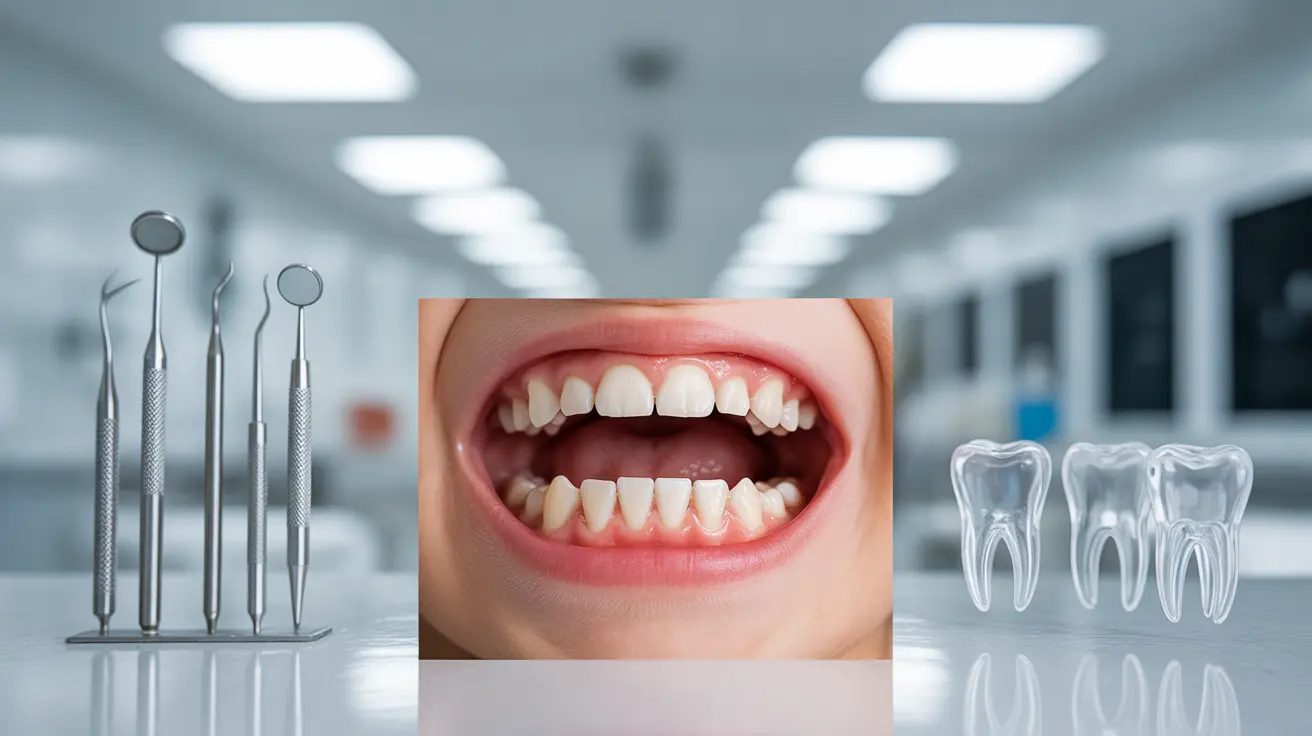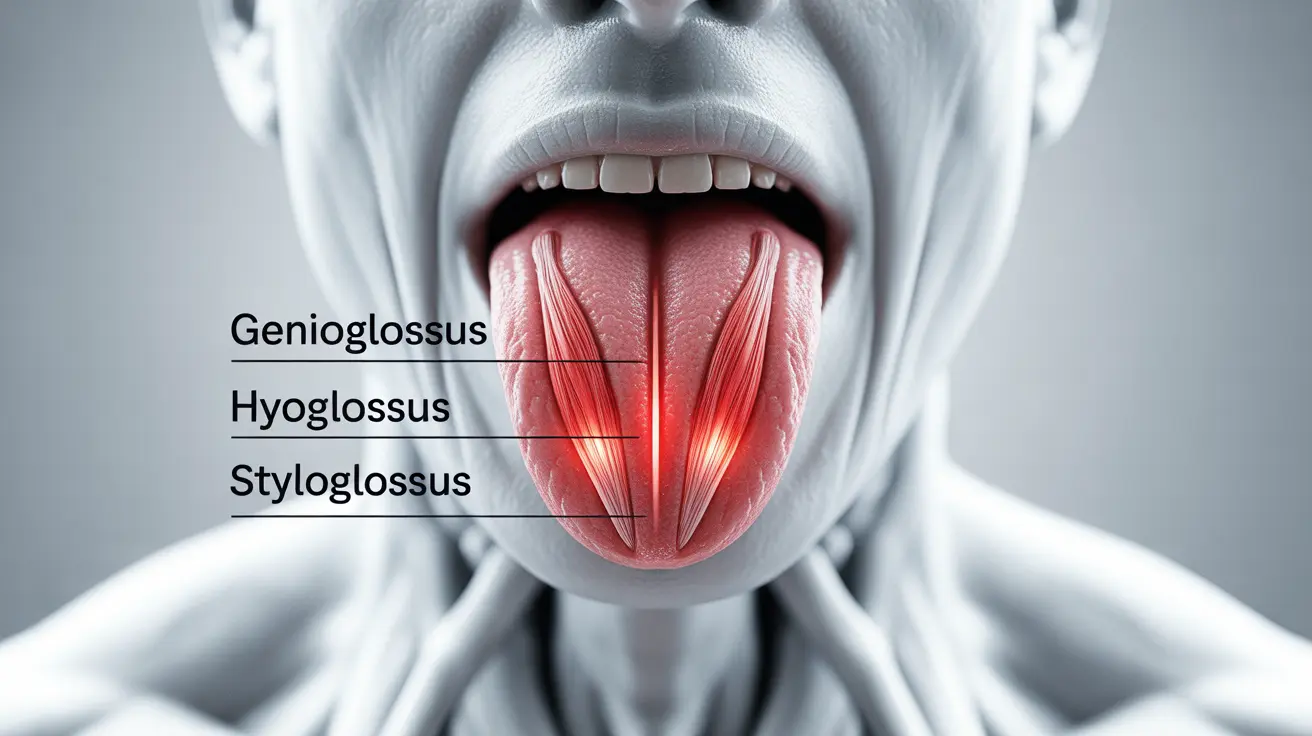GetLabTest News
Symptom Analysis
Interpreting Test Results
Diseases & Symptoms
Health Queries Answered
All
Latest
How to Be a Better Person and Be Happy: A Complete Guide to Personal Growth
Explore essential strategies on how to be a better person and be happy through mindfulness, empathy, and personal growth techniques.

Prepare for emergencies with a diabetic survival kit, ensuring you have essential supplies to manage diabetes during unexpected situations.
Health Queries Answered
min read

Discover how pacifier teeth develop and ways to prevent dental issues in children. Essential tips for parents included.
Diseases & Symptoms
min read

Discover the causes of dry cough in toddlers and learn effective home remedies and when to seek medical attention. Stay informed for your child's health.
Symptom Analysis
min read

Explore the causes of tongue cramps, symptoms, and effective relief techniques to manage this common condition. Learn how to prevent it.
Diseases & Symptoms
min read
